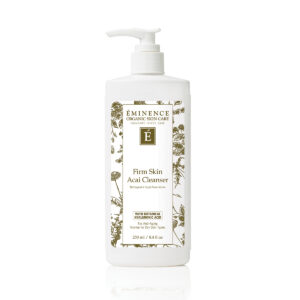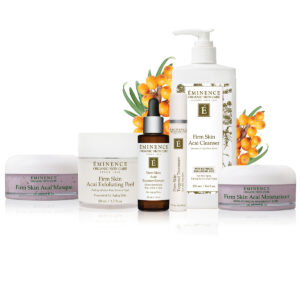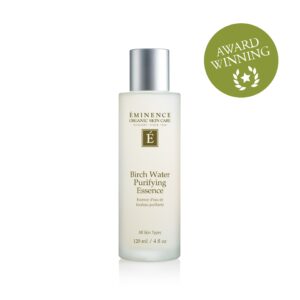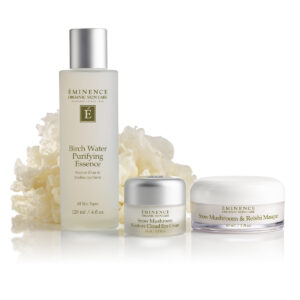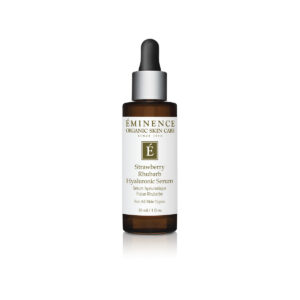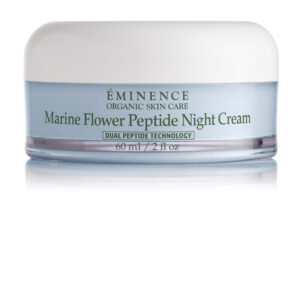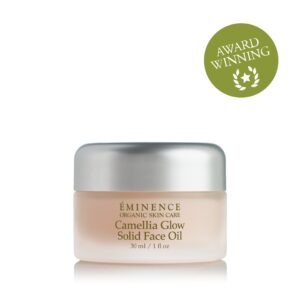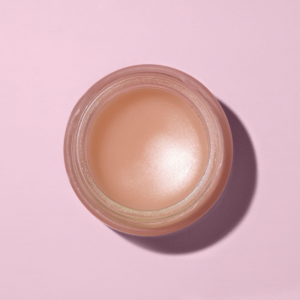Slugging 101
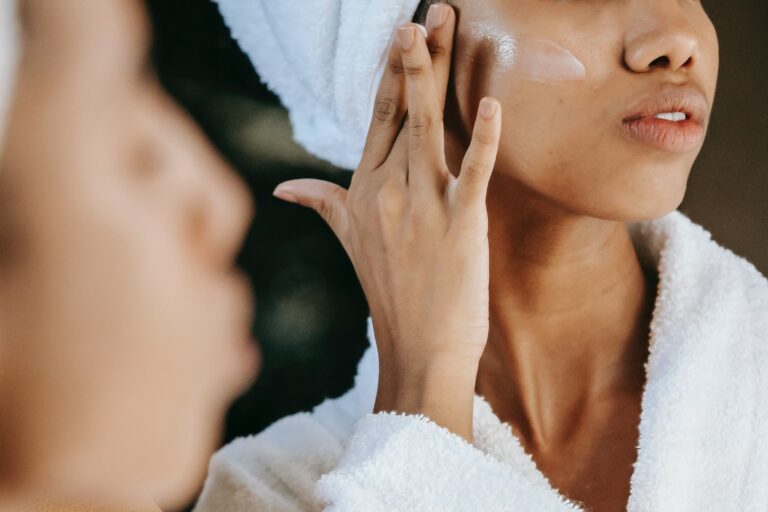
The concept of “Slugging” isn’t new. It’s been around for decades (and may be something your mum still does). Thanks to K-Beauty however, it has recently exploded on TikTok, with almost 280 million mentions. Slugging may just be the internet’s new favourite skin care hack. But is slugging for everyone? Let’s take a closer look at this trend.
What is slugging?
Slugging involves coating your face in a petrolatum-based product like Aquaphor, or Vaseline before going to sleep. The rationale for slugging is that the balm (in skin care terms: an occlusive) acts as a physical barrier, sitting on top of your night-time skin care routine, sealing in any hydration and preventing moisture loss.
According to the Mayo Clinic, lipid balms like petroleum jelly, act like a greenhouse and insulate the skin “so that it doesn’t lose heat and doesn’t lose moisture.” Any hydration you’ve applied during your skin care routine will be fully absorbed into the skin rather than evaporating overnight.
Slugging also supports the skin’s moisture barrier. Increased hydration means your skin is better prepared to defend against irritations or allergens that can cause blocked pores or breakouts. A healthy barrier also means faster recovery from any breakouts that do occur.
Although the name slugging is new – the practice is not. Korean, Afro-Caribbean and European beauty practices have used variations of skin slugging for generations – slugging the skin on the face, hands, feet, eyelids, and lips to reduce dryness and encourage product absorption. It’s also common to see the practice applied by professionals after micro-needling or chemical peel treatments, or as a relieving salve for those with eczema or psoriasis.
To slug or not to slug?
Slugging is not for everyone. As slugging results in a slightly oily residue, it’s a great step for dry skin types or for those with dehydrated skin. It’s also great for mature skin.
However, for those who are more breakout prone or have an oily skin type, we would suggest the occasional slugging treatment (every couple of months if needed) or not at all, as slugging may increase breakouts for oily skin types. If your skin is acne prone or on the oilier side, consider an alternative to slugging. Layering a hyaluronic acid-based serum with a thicker face mask is a hydrating option that won’t clog your pores.
Other considerations
1. Potential for pillow staining
If you sleep with a silk pillow case, consider switching back to your cotton pillow case on a slugging night, or sleep with a soft towel over your pillow.
2. Strategise your skin care routine
Adding slugging into your routine may require some planning as you will want to avoid using any actives, such as AHAs or BHAs, or retinoids on a slugging night. Due to the glasshouse effect we mention above, sealing in products intensifies the effects of some skin care products, especially chemical exfoliants. However, layering gentle moisturisers or hydrating serums while slugging is fine.
3. Hair up!
Unless tomorrow is hair wash day, we’d recommend tying up long hair and pinning back your fringe to avoid waking up with oily hair stuck on your face.
How often should you slug?
The practice of slugging is especially beneficial through winter when temperatures drop and the skin barrier is compromised or at risk.
Each person should slug according to their preference of product thickness. Start with a cleansed face and follow as many steps of your skin care routine as you desire. Finish up by adding a few dabs of your slugging product and build up to a blueberry-sized amount. Apply once or twice a week (or even daily) depending on how dry your skin feels and how your skin reacts. But, always patch test before applying to the whole face.
Alright, let’s get slugging!
How to slug: sleep hydration focused night-time routine
Start about 30 mins before heading to bed.
- Cleanse your skin. This is a must! Removing makeup and dirt is an essential step before you start layering and sealing — you don’t want to trap any debris or nasties that you accumulated throughout the day. Try the gentle Firm Skin Acai Cleanser for an ultra-hydrating way to remove impurities from the skin.
- Hydrate with an essence. We love the Birch Water Purifying Essence for a boost of hydration.
- Treat with a serum. Apply the Strawberry Rhubarb Hyaluronic Serum for extra moisture and a boost of hyaluronic acid.
- Apply a moisturiser. The rich, velvety Marine Flower Peptide Night Cream is the perfect choice for amping up the hydration.
- Time to slug! Take a blueberry-sized amount of the Camellia Glow Solid Face Oil— warm up a small dab in your palm and smooth over the entire face. Containing Marula oil, the Camellia Oil will create a light layer on top of your skin to lock in hydration and prevent moisture evaporation from the skin. Leave on while you sleep.
- In the morning, use your cleanser to remove any morning-after residue, or simply rinse the face with water to start with a clean base for the day ahead.
Product Picks
-
Cleansers & Cleansing Concentrates, VitaSkin Solutions Bright Skin, Calm Skin, Clear Skin & Firm Skin
Firm Skin Acai Cleanser 250ml
$89.00 inc. GST5.00 out of 5 -
Award Winning, Pure Forest, Toniques & Toners for All Skin Types
Birch Water Purifying Essence 120ml
$109.00 inc. GST0 out of 5 -
-
Marine Flower Peptide, Moisturiser, Natural Skincare For Him
Marine Flower Peptide Night Cream 60ml
$189.00 inc. GST0 out of 5 -
Award Winning, Gemstone, Serums, Oils & Concentrates
Camellia Glow Solid Face Oil
$162.00 inc. GST0 out of 5

